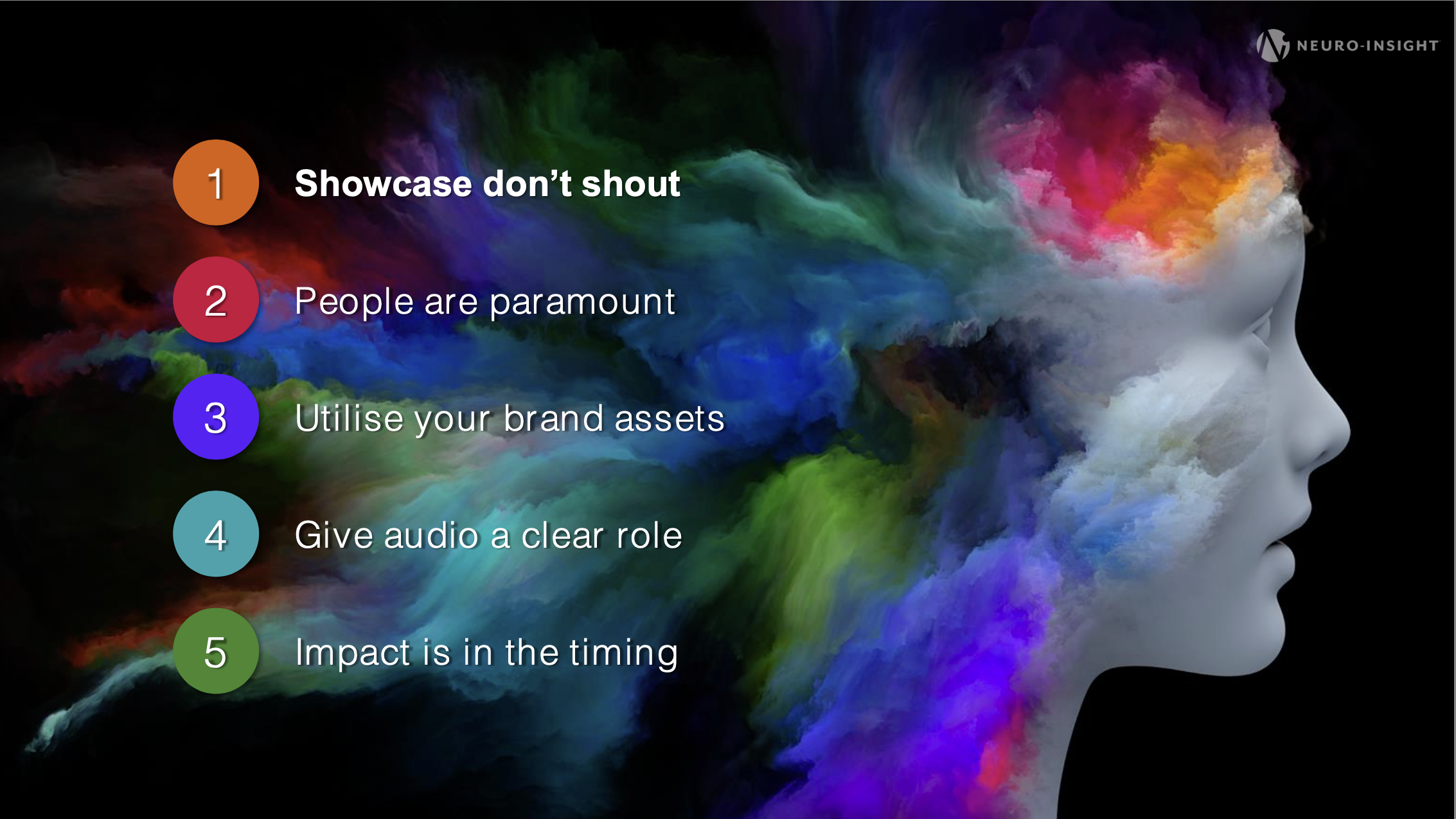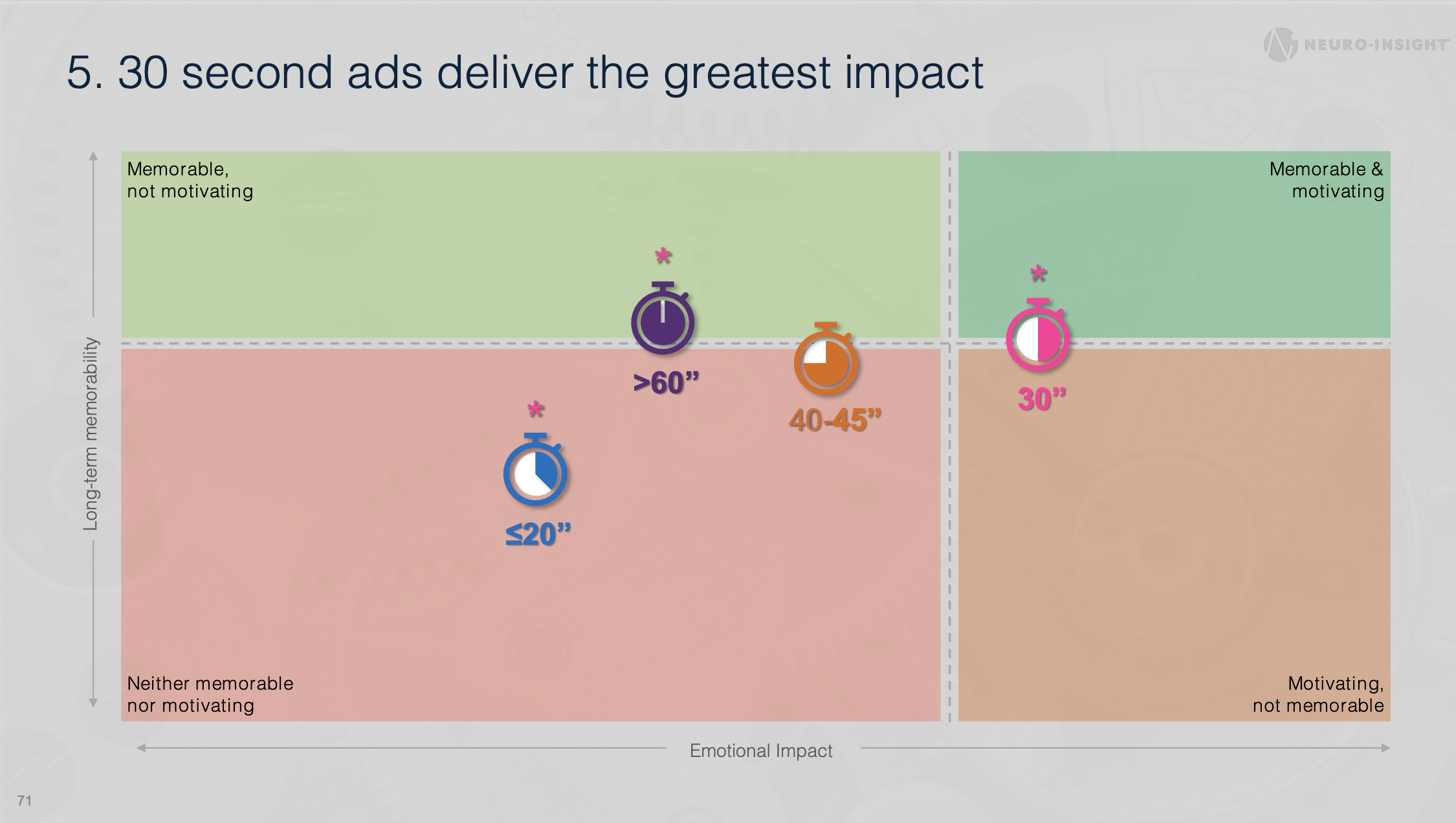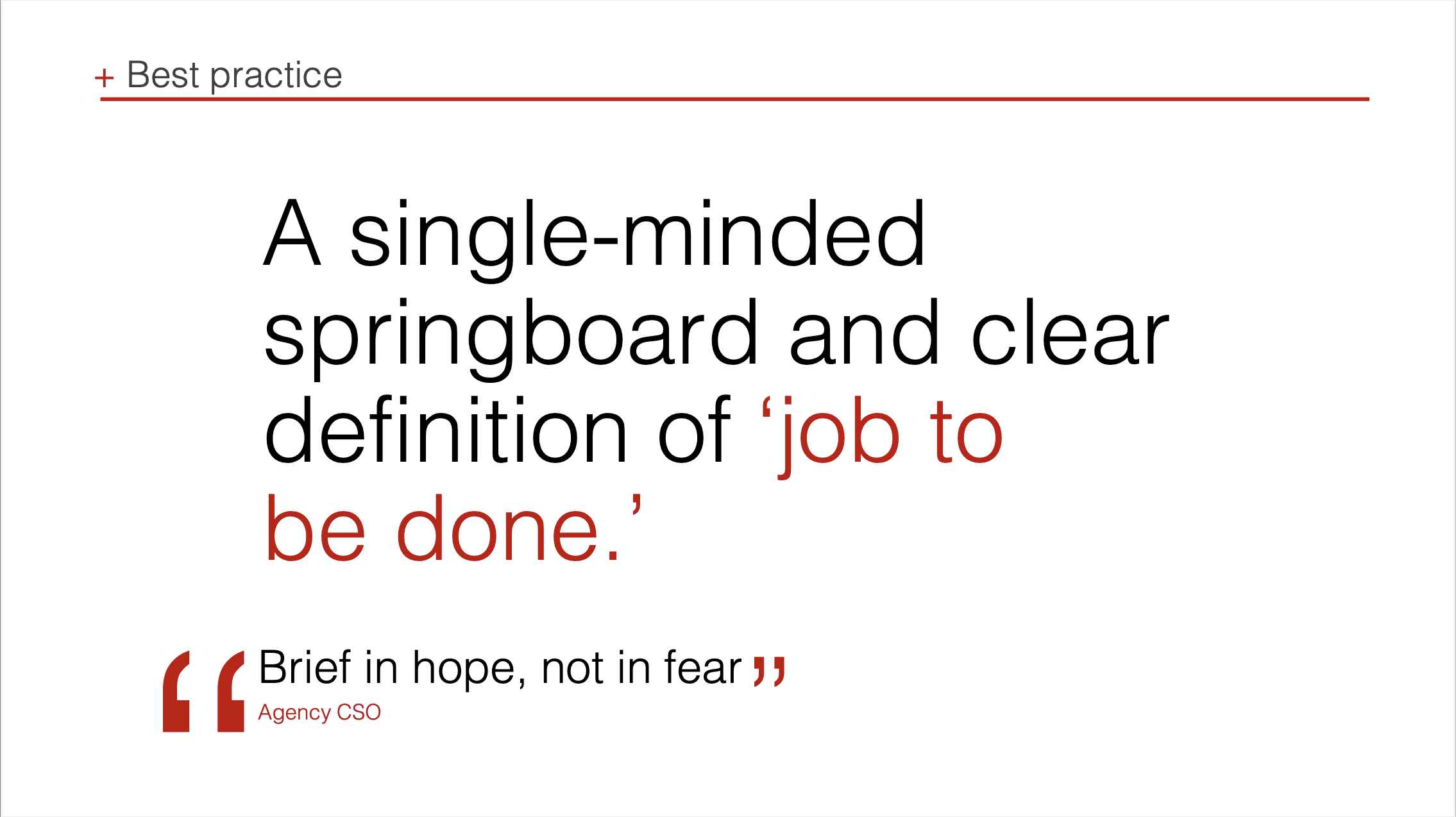Do We Still Need Creativity in Today's Advertising: Key Takeaways from Thinkbox Event
The Comms8 team attended the "Cracking Creativity" event on 8th June. Organised by Thinkbox, the marketing body for commercial TV in the UK, the event brought together industry experts to share insights and inspire innovative marketing strategies. In this article, we will share the key takeaways from the event, highlighting the significance of creativity in driving business success in advertising.
Creativity - The Second Most Influential Factor in Effectiveness
The event was kicked off with a compelling presentation by Paul Dyson, co-founder at Accelero Group. He shared his findings of a meta-analysis on 28,000 global campaigns, including 7,000 UK campaigns to measure the different multipliers for the campaigns. The analysis unveiled the pivotal role that creativity assumes in enhancing return on investment and driving marketing effectiveness. In the vast sea of variables that impact marketing outcomes, creativity rose like an undisputed leviathan, ranking as the second most influential factor, superseded only by budget considerations and media choices.
Source: Thinkbox
Paul’s address was particularly noteworthy in today’s digital era, where video content has vaulted to the forefront of marketing strategies. Video, with its dynamic and immersive potential, serves as an enthralling medium for storytelling. It’s a key tool that marketers can deploy to seize audience attention, thereby amplifying their brand message. Paul drove home the point that brands, by ingeniously leveraging creative video content, can ignite engagement and inspire connections with their audiences on a deeper level.
Source: Thinkbox
Another intriguing insight Paul shed light on was the complex interplay between brand size and media budget in relation to return on investment. On the one hand, brand size and ROI have a directly proportional relationship - bigger brands often command larger ROI. However, this correlation doesn't translate to media budgets. A larger media budget, contrary to intuition, can sometimes yield lower ROI. These dynamics stress the necessity for marketers to calibrate their strategies, striving for the optimal balance between these variables.
Wrapping up the session, Paul emphasises that creativity stands as a mighty lever in the hands of marketers. The role of creativity is not to be underestimated; it can act as a key differentiator in the vast marketplace, allowing brands to carve out their unique space.
"Our Brains Are Not Interested in Brands. They're Interested in Stories"
Rosie Pritchard, Senior Research Executive at Neuro-Insight UK, discussed the impact of creative execution. She opened her session with a riveting revelation from her research, asserting that a whopping 90% of all decisions are made at the subconscious level. This compels marketers to unravel the subconscious influencers in decision-making. And, creativity contributes to 47% of sales. Although there is no formula for maximising creativity, we can still figure out some ways to drive it.
Source: Thinkbox
Rosie then navigated the audience through the five key drivers that help maximise creativity - showcasing without shouting, humanising the brand message, effective utilisation of brand assets, assigning a clear role to audio, and optimising the timing of the message delivery. These insights act as beacons, guiding marketers to craft narratives that resonate with audiences on a deep, meaningful level.
Source: Thinkbox
Particularly, when talking about the impact of timing, Rosie pointed out that we should process it with a conceptual closure in the advertising videos, which is a subconscious processing pause. And she also suggested 30 seconds would be the best duration for the closing based on their research and experiment.
The session emphasised the power of human-centric narratives. In a world where advertisements are ubiquitous, it's critical for brands to rise above the cacophony of traditional sales pitches. By weaving compelling stories that strike a chord with the target audience, brands can foster deeper connections. Pritchard’s emphasis on the impact of narratives on audience engagement and long-term memory retention reinforces the need for brands to tap into the emotional quotient of their consumers.
Source: Thinkbox
Rosie also delved into the correlation between subconscious feelings and the science of emotions in marketing. The session underscored that emotions are a driving force behind decision-making, and brands that manage to evoke positive emotions are more likely to influence consumer behaviour. This provides an impetus for brands to craft emotionally engaging marketing campaigns that leave a lasting impression.
Practical Recommendations for Raising the Creative Bar
Bringing to the table decades of industry experience, Laurence Green, one of the UK’s most renowned advertising strategists and creative leaders, shared practical steps towards achieving creative success. Laurence highlighted the indispensability of fostering a collaborative relationship between clients and agencies. He argued that it's through the synergy of open communication, trust, and mutual understanding that both parties can transcend creative boundaries and unlock exceptional results.
Source: Thinkbox
A pivotal point in Laurence's address was the significance of a well-defined and agreed-upon brief. A clear brief ensures the alignment of the creative vision with the brand's objectives and target audience. This unity of vision facilitates the development and execution of innovative marketing strategies that resonate with the audience and achieve business objectives.
Laurence also drove home the importance of creating memorable ideas that evoke emotions and resonate across platforms and time. In today’s increasingly fragmented media landscape, brands must craft ideas that can transcend individual channels and endure in the collective consciousness of consumers. By focusing on the development of powerful, unforgettable ideas, brands can set themselves apart in the cluttered market space and create a lasting impact.
Source: Thinkbox
Extended Panel Insights: In-depth Lessons on Creativity
The event was capped by an insightful panel discussion led by Lindsey Clay, Thinkbox’s CEO. This discussion involved distinguished veterans of the industry: Craig Inglis, EVP of Sage; Charlie Rudd, CEO of Leo Burnett; Kate Stanners, Chairwoman and Global Chief Creative Officer of Saatchi & Saatchi; Laurence Green; and Noel Bunting, ECD of Neverland.
The discussion started with the question: what makes a creative idea? Kate Stanners defined that it should resonate with people at an emotional level. Responding to a query on the key ingredients for great creativity, she stated, "Something that really touches you, and resonates with your heart." This emotional connection was a common thread throughout the panel discussion, reiterated by every expert on the stage.
Discussing the common missions shared by agencies and clients, Craig Inglis spoke about the necessity of simplicity. For him, a successful creative strategy needed to distil ideas into a format that was "simple, memorable and enduring." This idea dovetailed with Noel Bunting's comments: "In order to create more, we have to consume less." He advocated for a targeted, quality-over-quantity approach to creative output, a sentiment echoed across the panel.
Touching on the delicate balance between boosting creativity and staying on course, Charlie Rudd emphasised that it was vital to "raise the creative bar without getting off track." He posited that creativity and strategy were not opposing forces but rather two sides of the same coin. Both needed to align and harmonise to result in an effective campaign.
The panel also discussed the longevity of a 'big idea,' with Kate Stanners asserting that a truly enduring idea was one that could be built upon. However, she highlighted a prevalent barrier to boosting creativity – the tendency to prioritise 'quick wins' over long-term creative strategy.
Lastly, Laurence Green underlined the importance of a 'Return on Effort' (ROE) mindset rather than a sole focus on 'Return on Investment' (ROI). He reminded brands to continuously question their efforts, ensuring that they invested sufficient time and thought into creating a meaningful difference.
By delving into their collective wisdom and experience, the panel provided invaluable insights into the complex machinery of successful advertising – a blend of creativity, strategy, emotional resonance, and consistent effort.
From Paul Dyson's emphasis on creativity's role in ROI to Rosie Pritchard's insights on subconscious decision-making and Laurence Green's guide on achieving creative success, every speaker contributed to this vibrant tapestry of insights. And the rich panel discussion further enriched our understanding with practitioners' advice and experience sharing.
The insights we gleaned from the "Cracking Creativity" event reinforced our conviction that creativity is not just an aesthetic feature but a fundamental element of any successful campaign. The discussions and debates we engaged in at the event rekindled our passion for creative innovation and will inform our strategies as we move forward. At Comms8, we champion the power of creativity in cross-border marketing.
To learn more about how Comms8 can help your business unleash the power of creativity in your cross-border marketing efforts, contact us today.









